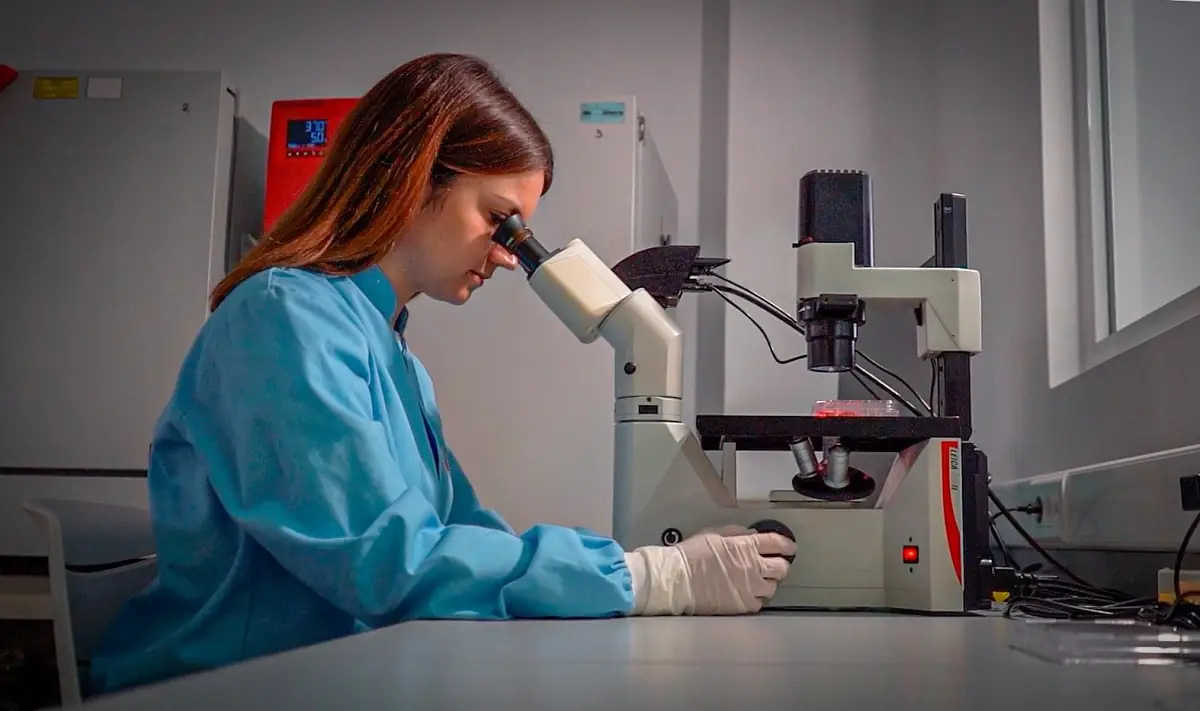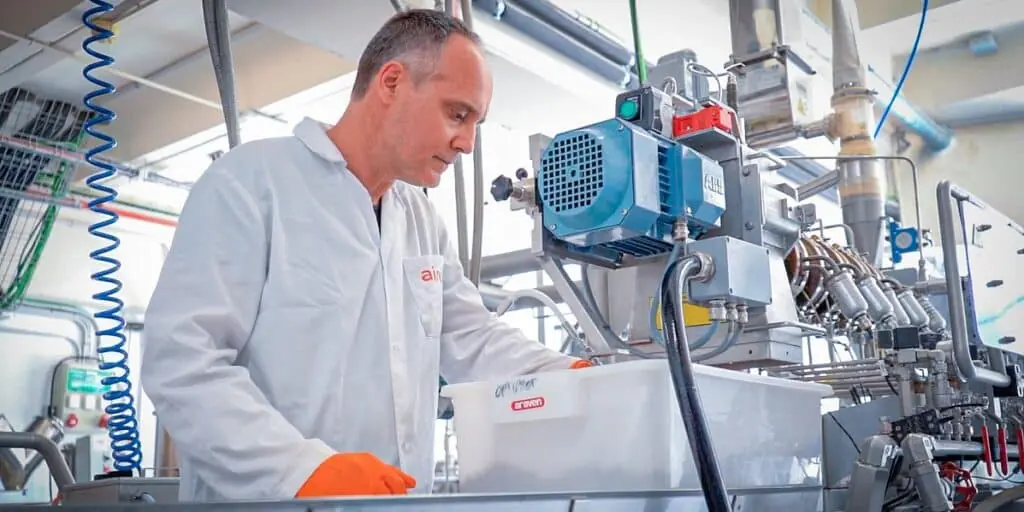How can we develop healthier, more sustainable foods that truly meet consumer needs? At AINIA, we have been working within the CERVERA OPTIPROT network to answer this question, applying advanced omics technologies to study new alternative proteins.
In this article, we explain how we are tackling the challenge of creating functional and sustainable foods through a comprehensive, scientific, and industry-driven approach. Keep reading to find out more.
At AINIA, we are committed to building a healthier, more sustainable, and personalised food future. With this aim, we actively participate in the CERVERA OPTIPROT Excellence Network, a project focused on developing new food solutions based on alternative proteins.
The network, coordinated by AZTI and involving ANFACO-CECOPESCA, Eurecat, CNTA, and AINIA, is funded by the Spanish Ministry of Science, Innovation and Universities, CDTI, and the European Union through NextGenerationEU/PRTR funds. Its objective is to provide scientific and technological tools that enable the food industry to identify the best combination of protein sources and advance towards a healthier and more sustainable food system.
A Comprehensive Approach to Address the Food Transition
The need to reduce the environmental impact of traditional diets has increased interest in alternative proteins such as microbial proteins, insect proteins, and proteins recovered from agri-food by-products. However, their acceptance largely depends on the scientific knowledge we can generate about their nutritional value, health effects, and sustainability.
At AINIA, we have contributed a cross-cutting approach based on advanced omics technologies, genomics, proteomics, and metabolomics applied across five key research areas:
-
Nutritional value and bioavailability assessment of new protein ingredients, using advanced in vitro gastrointestinal simulation models tailored to different population groups (infants, adults, and seniors).
-
Health benefit analysis, such as preventing sarcopenia or improving muscle metabolism, through advanced cell models.
-
Experimental allergenicity testing of proteins by evaluating immune responses using cellular models.
-
Intestinal interaction studies, examining the impact of non-absorbed compounds on the gut microbiota through in vitro simulation of gastrointestinal digestion and colonic fermentation, alongside metagenomics and metabolomics analysis.
-
Optimisation of alternative protein production and modification processes, particularly for mycoproteins, using precision fermentation and technologies such as extrusion.
-
Sensory perception and consumer acceptance, developing tools to detect off-flavours and assess openness to new sensory experiences.
Lupin and Mycoproteins: Two High-Potential Proteins Alternatives
Within the OPTIPROT project, AINIA has focused part of its research on two emerging alternative protein sources with high potential to contribute to healthier and more sustainable diets: lupin and mycoproteins.
Lupin: High Nutritional Value with New Technological Challenges
Lupin is a legume with an excellent nutritional profile: high protein and fibre content, low starch, and a good concentration of essential amino acids. However, its use in the food industry remains limited due to underdeveloped techno-functional properties, such as low solubility and limited gelling and emulsifying capacity.
At AINIA, we have addressed this issue using technologies such as extrusion, which modifies the structure of lupin protein to improve its technological functionality and digestibility. This technique, combining high temperature, pressure, and shear, enhances amino acid bioavailability, reduces antinutrients, and transforms lupin into a much more versatile, efficient, and competitive plant-based protein source for incorporation into new food products.
Mycoproteins: Fungal Proteins for a More Sustainable Diet
Another research line at AINIA under OPTIPROT focuses on mycoproteins—proteins derived from filamentous fungi through fermentation processes. These alternative proteins are particularly appealing due to their high nutritional value, rich in complete proteins, fibre, and micronutrients, combined with low saturated fat and cholesterol content, making them a healthy alternative to animal proteins.
Moreover, from an environmental perspective, mycoprotein production requires less water, land, and energy, and generates fewer greenhouse gas emissions than traditional animal protein sources.
Nevertheless, this alternative protein also poses technological challenges: optimising fermentation processes, reducing RNA content to prevent adverse effects such as hyperuricemia, and improving organoleptic properties (texture and taste) to ensure consumer acceptance. At AINIA, we are working on innovative solutions to overcome these challenges and facilitate the integration of mycoproteins into safe, healthy, and appealing food products.
Alternative Proteins: Progress Towards Personalised Nutrition
One of OPTIPROT’s distinctive features is its personalised nutrition approach. The technologies employed allow progress in developing individualised dietary patterns, fostering the creation of foods that are not only sustainable but also tailored to the specific needs of different population groups.
In this context, we have developed advanced systems to study the impact of the gastrointestinal system on protein bioaccessibility, bioavailability, and quality across different life stages (childhood, adulthood, and senior age), as well as nutritional needs linked to optimal muscle metabolism function.
Practical, Applicable, and Transformative Knowledge
The joint efforts of the participating technology centres have strengthened the national R&D system’s capacity to support the competitiveness of the food industry. In our case, AINIA’s expertise has enabled the practical application of the knowledge generated in real projects with companies, offering clear transfer and ready-to-implement solutions.
OPTIPROT has been a key vehicle for bringing the food industry closer to a new model grounded in science, innovation, and sustainability.







